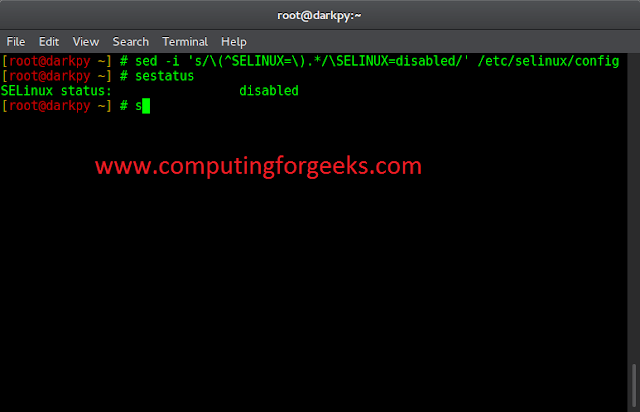Class loading means reading .class file and store corresponding binary data in Method Area. For each .class file, JVM will store corresponding information in Method Area. Now incorporating inheritance in class loading. In java inheritance, JVM will first load and initialize the parent class and then it loads and initialize the child class.
Example
Java
// Java program to Illustrate Class Loading// Importing input output filesimport java.io.*;// Helper class 1class A { // First static block of this class static { // Print message System.out.println( "Loading class A 1st static block "); } // Second static block of this class static { // Print message System.out.println( "Loading class A 2nd static block B.c=" + B.c); } // Third static block of this class static { // Print message System.out.println( "Loading class A 3rd static block "); } static int a = 50; A() {}}// Helper class 2 extending from// helper class 1class B extends A { static { // Print message System.out.println( "Loading class B static block A.a=" + A.a); } static int c = 100;}// Main classclass GFG { // Main driver method public static void main(String[] args) { // Execution statement in main class new B(); }} |
Loading class A 1st static block Loading class A 2nd static block B.c=0 Loading class A 3rd static block Loading class B static block A.a=50
From the above output. it can be said that the parent class loads before the child class and also child class initialize after the parent class. One can check this by executing it with java -verbose Test.
The static block will be executed at the time of class loading, hence at the time of class loading if we want to perform any activity we have to define that inside the static block. In static block inheritance one must remember the following two rules as follows:
- One can not override a static block as the non-static else compile-time error will be generated.
- Non-static block can not be overridden as a static block.
Usage of the static block in inheritance is as shown below for the above scenarios as the compiler error that will be generated is shown below for both the cases individually as follows:
Case 1: One can not override a static block as the non-static else compile-time error will be generated
Example
Java
// Java Program to illustrate static blocks in inheritance// Importing all input output classesimport java.io.*;// Class 1- Parent Classclass GFG { // Declaring a static method m1 public static void m1() {}}// Class 2 - child class of GFGclass c extends GFG { // Declaring a non- static method m1 public void m1() {}} |
Output:
Case 2: Non-static block can not be overridden as a static block
Example
Java
// Java Program to illustrate static blocks in inheritance// Importing all input output classesimport java.io.*;// Class 1 - Parent classclass GFG { // Declaring a non-static method m1 public void m1() {}}// Class 2 - child class of parent// child class of GFGclass C extends GFG { // Declaring a static method m1 public static void m1() {}} |
Output:
Note: No compile-time error will be generated only and only if both parent and child class methods are static.






